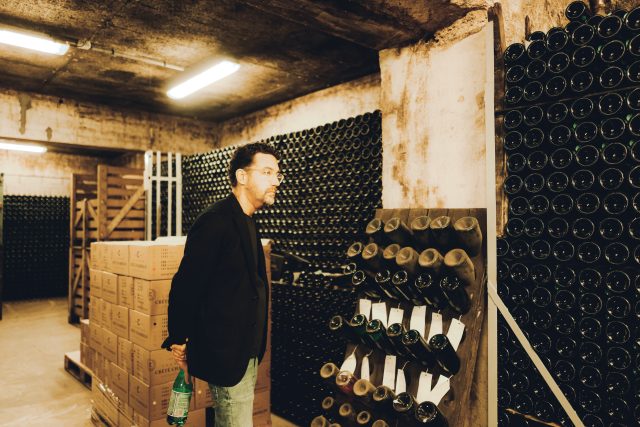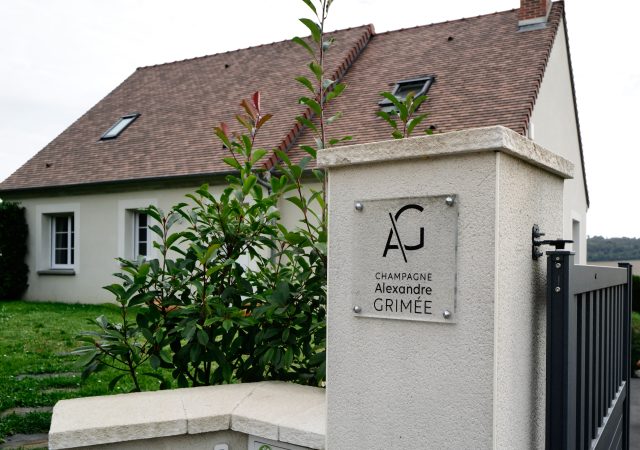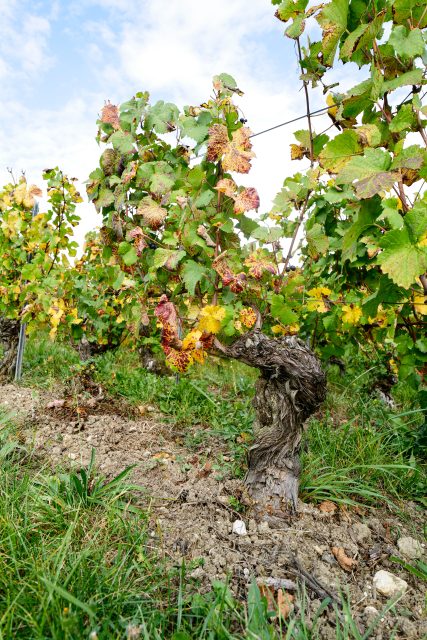Ginsberg+Chan: Champagne ‘compelling’ with Burgundy prices still high
Hong Kong wine merchant Ginsberg+Chan has added two Champagne producers to its portfolio, as the “escalating costs of fine Burgundy” prompt consumers to seek luxury elsewhere.

“We have witnessed the expansion of Champagne as a wine style from merely a celebratory and aperitif drink to a prominent dinner wine, particularly in the higher end restaurants globally,” said Ambrose Chiang, wine director at Hong Kong wine merchant Ginsberg+Chan.
“This evolution has elevated the perception of Champagne as a wine that can rival and certainly be on par with great white Burgundies on the dinner table.
In response to this, the merchant has added two Champagne producers – Alexandre Grimée and Crété Chamberlin – to its wine portfolio.
Sales and purchasing director Jason Ginsberg called the two producers “significant for what they represent in the current wine world: a group of young, experienced, open-minded, and ambitious winemakers”.

Alexandre Grimée, according to Ginsberg, “produces 2000 bottles annually from his tiny cellar and a single hectare of Pinot Meunier”.
Partner Content
“Meanwhile, siblings Blandine and Matthieu Crété are ambitiously creating single-plot, high-percentage barrel reserve wines for the future in Moussy.”
Ginsberg+Chan’s shift to focus on these small-scale Champagne producers comes in response to the soaring price of Burgundy.
Chiang explained: “The escalating costs of fine Burgundy wines have prompted both consumers and restaurateurs to seek out equally prestigious yet more economically viable alternatives. In this regard, Champagnes, particularly those that mirror the terroir-driven complexity and finesse akin to top-tier Burgundies, have emerged as a compelling choice.”
Asian markets, particularly Hong Kong, “currently love heavier flavoured, densely structured wines”, and Chiang has recommended “extended lees ageing blanc de blancs, barrel raised blanc de noirs and rosé de saignée Champagnes” to match with Asian cuisines.

“We believe that a robust Champagne selection—characterised by diversity in concept, style, taste, and price—is crucial for any fine wine merchant due to the significance of this category of wine,” Chiang said.
“Champagne not only maintains its heritage of luxury and celebration but also enhances its relevance across a spectrum of culinary pairings. With the Champagne region producing some of its finest vintages, there is an opportunity to foster deeper recognition of Champagne’s diversity, exceptional quality, age-worthiness, and comparative value against renowned Chardonnay and Pinot Noir regions.”
Related news
Castel Group leadership coup escalates
For the twelfth day of Christmas...
Zuccardi Valle de Uco: textured, unique and revolutionary wines




